Best lens for Nikon camera
Grab a fantastic lens for your Nikon camera here

The best Nikon lenses aren't always made by Nikon! If you own a Nikon DSLR you already have access to one of the largest lens ranges on the market. But there are yet more lenses made by third-party lens makers like Sigma and Tamron. So if you're ready to expand your Nikon system, where do you start?
There may be hundreds of different lenses out there, but most of them fall into a handful of key categories. Here's a quick guide to help you work out what kind of lens you might need.
1) Telephoto zoom: most people start with these. They are the obvious choice for anyone interested in sports and wildlife photography, or any other time when you can’t get close enough to your subject. They can also be useful – surprisingly maybe – for landscape photography, where they help you pick out details and compress perspective.
2) Wide-angle zoom: for when you need to get more into the frame. Most people imaging a telephoto is the most useful extra lens you can have, but actually a wide-angle zoom can be equally useful, especially if you are interested in travel photography. It will let you capture cramped interiors, big landmarks or narrow city streets. A wide-angle zoom might even be your best ‘first’ buy, ahead of a telephoto.
3) A better kit lens: better quality, a longer zoom range or a wider 'constant' aperture. The kit lenses you get with Nikon cameras are good all-rounders but are designed to be compact and affordable before anything else. In time, you might decide you need a replacement that offers a longer focal range, a constant maximum aperture or just better all-round picture quality. After all, this is the type of lens you're likely to use most often.
4) Macro lens: for subjects so close they're right under your nose. Regular lenses can focus quite close, but not close enough to fill the frame with tiny insects and other close-up subjects. But macro lenses are designed to get much closer, and are optically optimised to give crystal-clear close-ups. If you're interested in tiny details, a macro lens is a great buy – and can be used for general photography too.
5) Portrait lens: for flattering features and background blur. The best portrait shots combine an undistorted perspective with soft background blur. A regular zoom lens might give you the right perspective, but only a dedicated portrait lens with a wide maximum aperture can give those blurred backgrounds that make the best portrait photography so atmospheric.
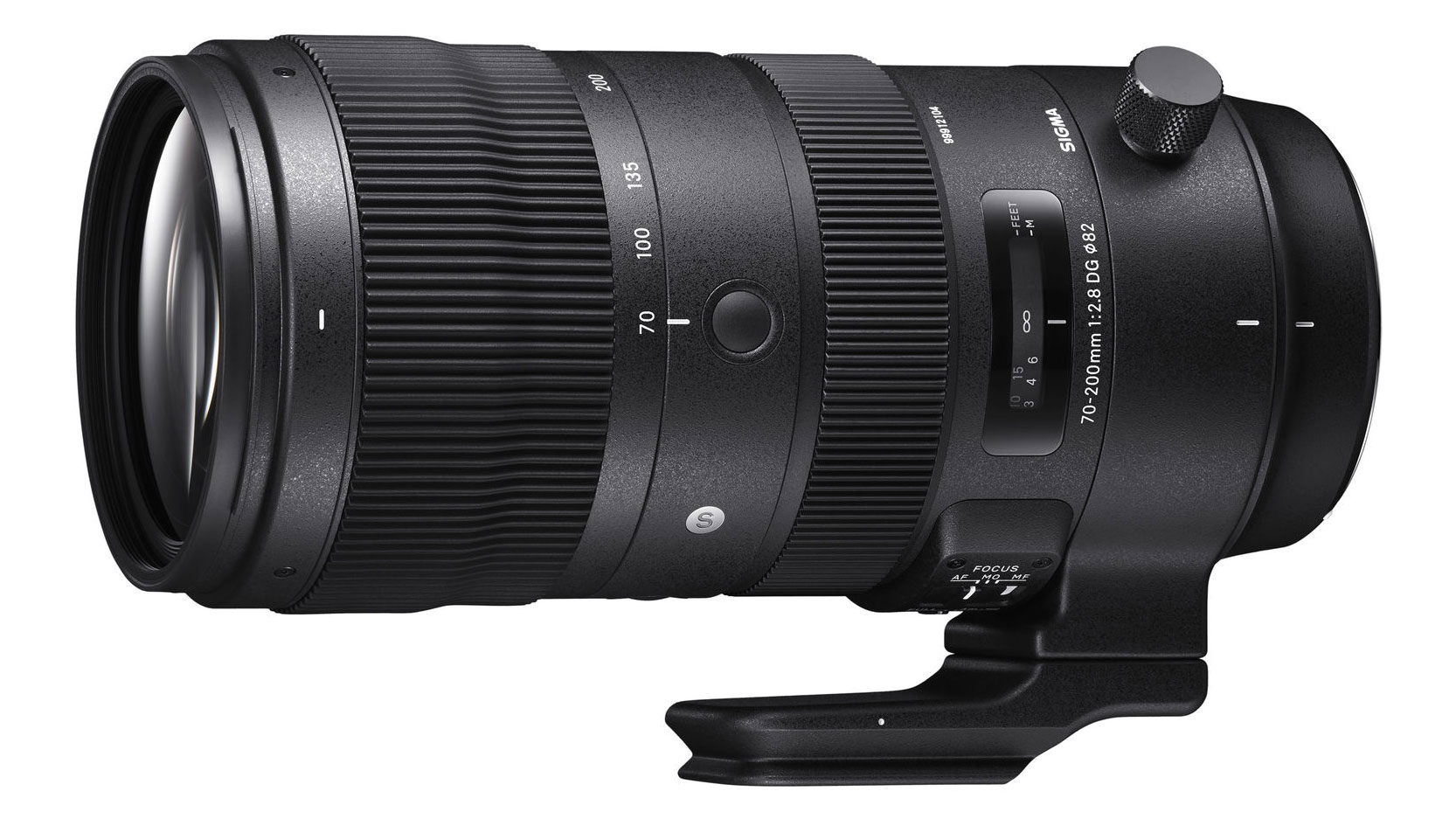
Sigma 70-200mm f/2.8 DG OS HSM | S
Specifications
Reasons to buy
Reasons to avoid
This 70-200mm f/2.8 zoom category is also very popular. It doesn't have the range of the 70-300mm lens above, but it does have a constant f/2.8 maximum aperture. This offers faster shutter speeds in low light and shallower depth of field to help isolate your subjects from their backgrounds. Nikon’s own AF-S 70-200mm f/2.8E FL ED VR is a great lens, but his recently-launched Sigma Sports lens matches it at pretty much every step of features and performance – and it’s much less expensive. Its pro-grade features include autofocus-hold/on buttons around the mid-section of the lens, the ability to switch autofocus to either auto-priority or manual-priority mode, and two switchable custom modes. You can assign these with Sigma’s optional USB Dock, for example to increase or decrease the effect of stabilization in the viewfinder image. You can also tailor the autofocus speed and change the autofocus range limiter distance. The only minus points is that the Sigma is a little bigger and heavier than most 70-200mm lenses, and its tripod ring can’t be fully removed to save space.
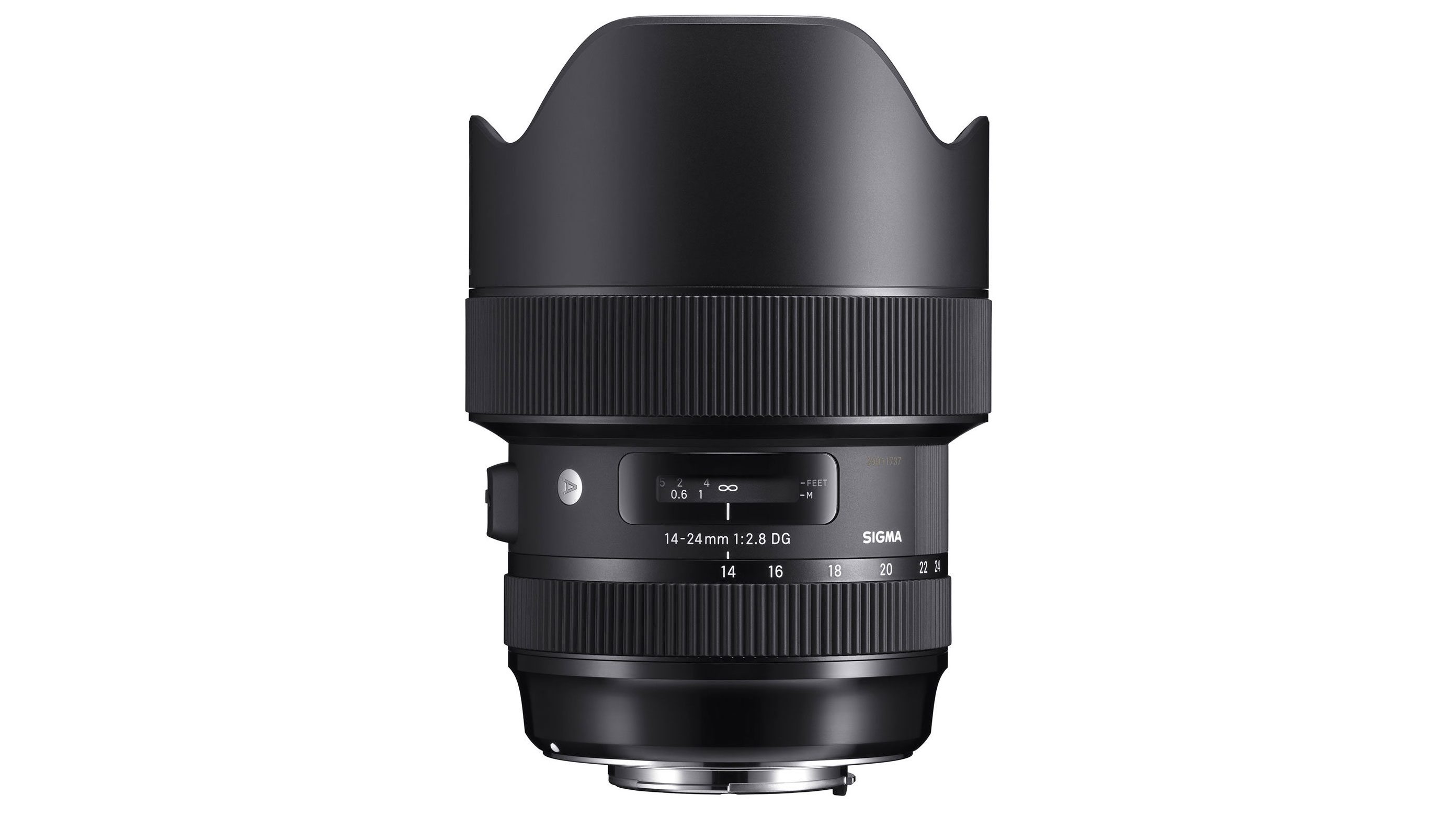
Sigma 14-24mm f/2.8 DG HSM | A
Specifications
Reasons to buy
Reasons to avoid
Nikon’s own-brand AF-S 14-24mm f/2.8G ED is legendary as a pro-grade ultra-wide zoom for FX format cameras, but the Sigma 14-24mm delivers equally stellar sharpness and contrast. Better still, it beats the Nikon for control over colour fringing and distortions, both being incredibly well controlled for a zoom lens as wide as this. The top-performance optics are wrapped up in a superbly well-engineered and fully weather-sealed barrel. The maximum viewing angle isn’t quite as extreme as in Sigma’s 12-24mm Art lens, but the image quality is better. More importantly, the new Sigma 14-24mm out-performs the equivalent Nikon lens and is less expensive to buy.
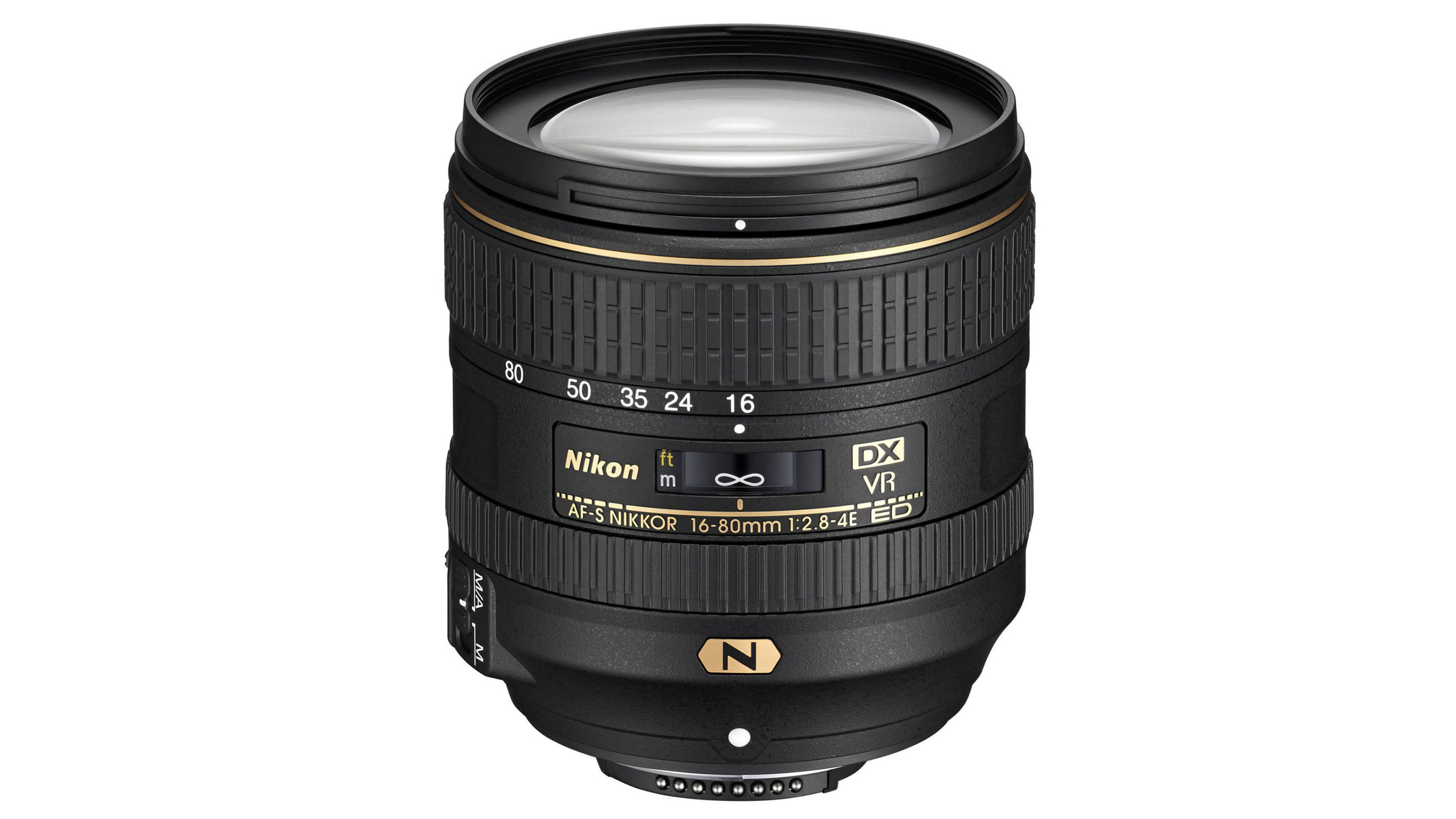
Nikon AF-S DX 16-80mm f/2.8-4E ED VR
Specifications
Reasons to buy
Reasons to avoid
With class-leading wide-angle coverage and a generous zoom range, this lens is equivalent to using a 24-120mm lens in 35mm camera terms. The widest available aperture shrinks from f/2.8 to f/4 at longer zoom settings but the upside is that the lens is smaller and lighter than constant-aperture f/2.8 zooms and has a longer zoom range. High-tech attractions include an electromagnetically controlled diaphragm, ring-type ultrasonic autofocus, a focus distance scale beneath a viewing panel, four ED (Extra-low Dispersion) elements and Nano Crystal Coat. Keep-clean fluorine coatings are also applied to the front and rear elements. We think this is a better choice than Nikon’s old and unstabilized 17-55mm f/2.8 zoom.
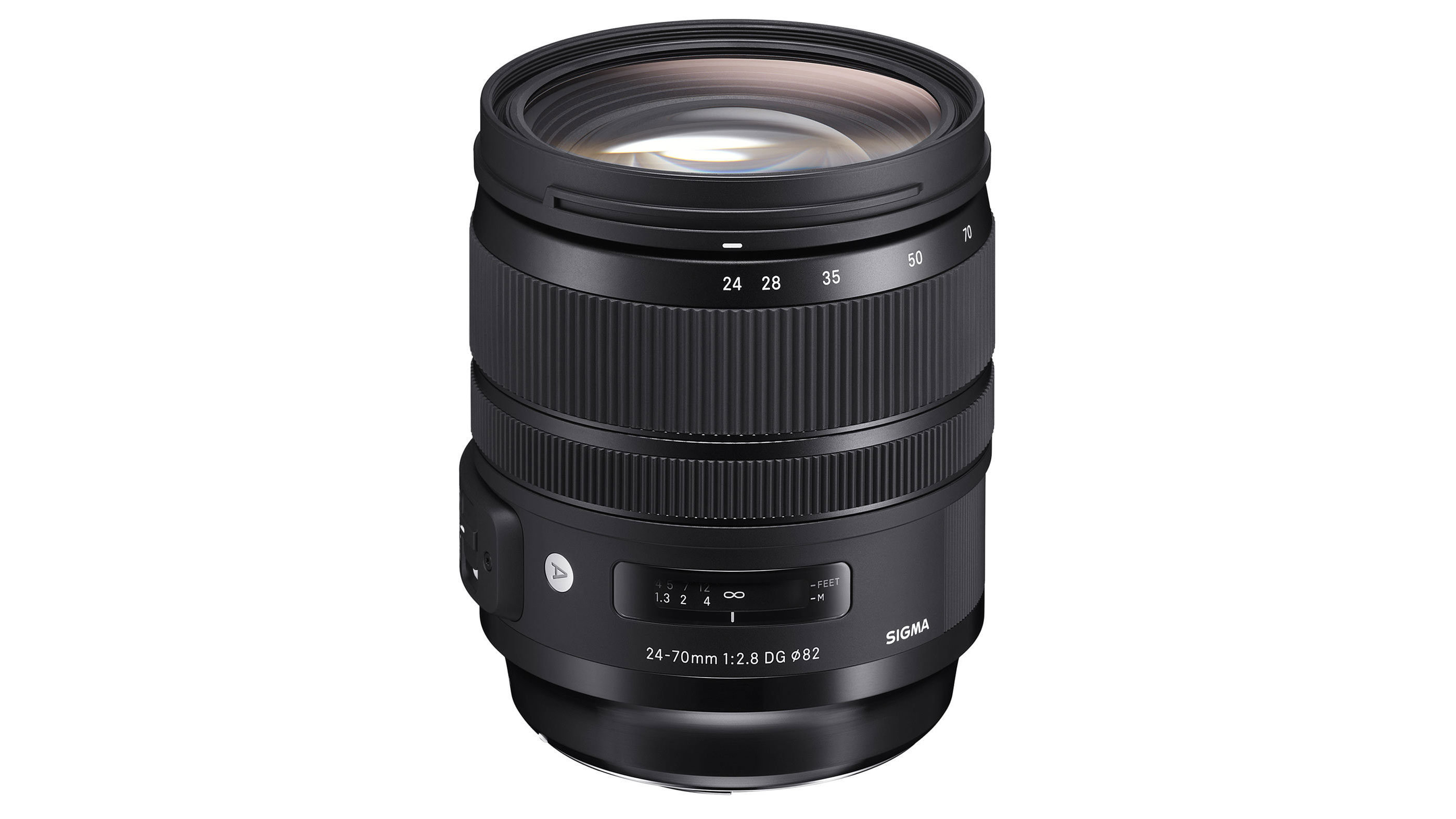
Sigma 24-70mm f/2.8 DG OS HSM | A
Specifications
Reasons to buy
Reasons to avoid
Nikon’s latest AF-S 24-70mm f/2.8E ED VR might look like a top choice for full frame Nikon DSLRs, but it’s a beast of a lens and hugely expensive to buy. This Sigma lens isn’t as fully weather-sealed as the Nikon, but it’s still immaculately well-engineered. It’s physically shorter and marginally lighter, but matches the Nikon for all-round performance and image quality. Sharpness and contrast are spectacular, while bokeh is lusciously smooth. Colour fringing, distortions and vignetting are very well controlled. Autofocus is very quick and extremely quiet, while the 4-stop stabilizer is just as effective as the Nikon lens’s VR system. At around half the price of the Nikon lens, the Sigma is vastly better value.
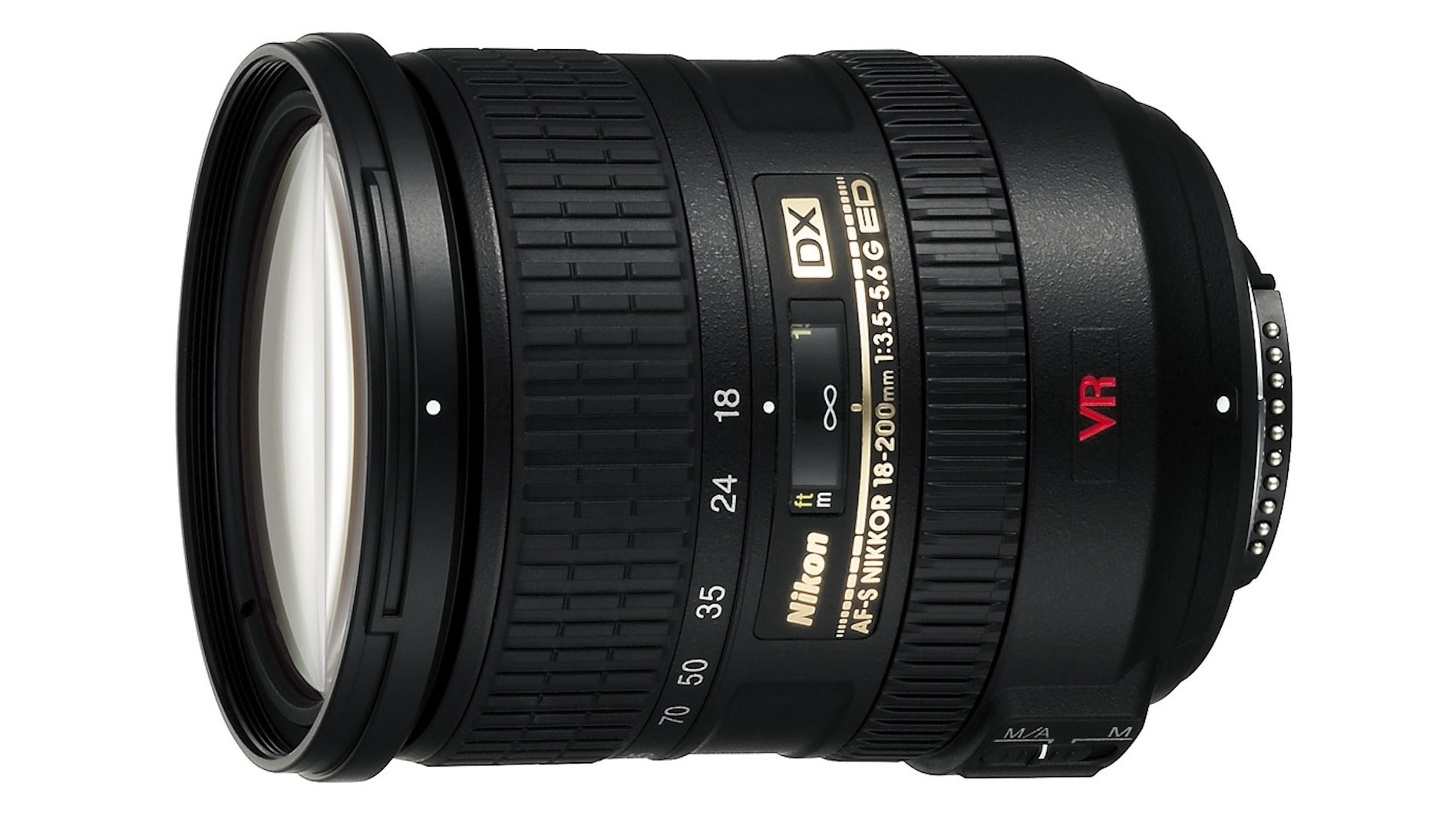
Nikon AF-S DX 18-200mm 3.5-5.6G ED VR II
Specifications
Reasons to buy
Reasons to avoid
When it comes to the actual zoom range of a ‘superzoom’ lens, it’s only natural to feel that bigger is better, and there are 18-300mm and even 16-300mm superzoom lenses with a longer zoom range than this one. However, stretching the envelope in both wide-angle coverage and telephoto reach can degrade image quality, with a lack of sharpness at full zoom, and heavy barrel distortion at the wide-angle end. Although the Nikon 18-200mm is beaten for zoom range by the Sigma 18-300mm and Tamron’s 16-300mm and 18-400mm lenses, as well as Nikon’s own 18-300mm zooms, it’s still our favourite. Three ED (Extra-low Dispersion) elements help to boost sharpness and contrast, while reducing colour fringing. The VR system has switchable Normal and Active modes and, unlike in competing Sigma and Tamron lenses, autofocus is based on a ring-type ultrasonic system. It’s quick and quiet, and enables the focus ring to remain stationery during autofocus, as well as offering full-time manual override. What this lens lacks in outright zoom range, it makes up for in handling and image quality.
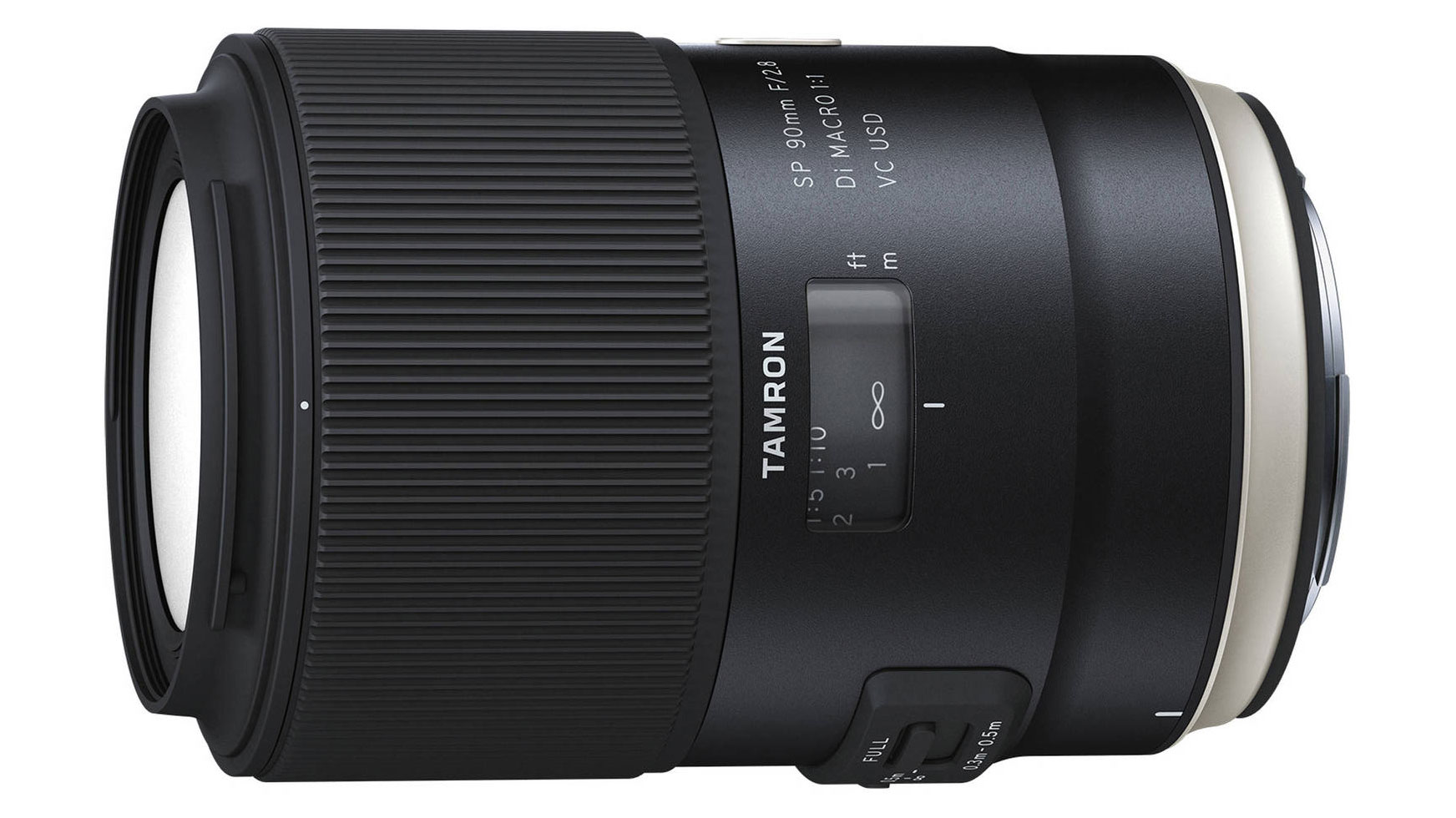
Tamron SP 90mm f/2.8 Di VC USD Macro
Specifications
Reasons to buy
Reasons to avoid
Like Tamron’s other recent ‘G2’ lenses, this is the second generation of the company’s 90mm VC USD macro lens. As such, it features a host of upgrades including improved optical performance, nano-structure coatings, weather-seals and a fluorine coating on the front element. It also adds a new ‘hybrid’ image stabilizer that counteracts horizontal and vertical shift, as well as the more usual angular vibration or ‘wobble’. This makes stabilization much more effective in close-up shooting, especially compared with the regular stabilizer in Nikon’s competing 105mm VR macro lens. It matches the Nikon for build quality and image quality as well, making the Tamron a better value buy.
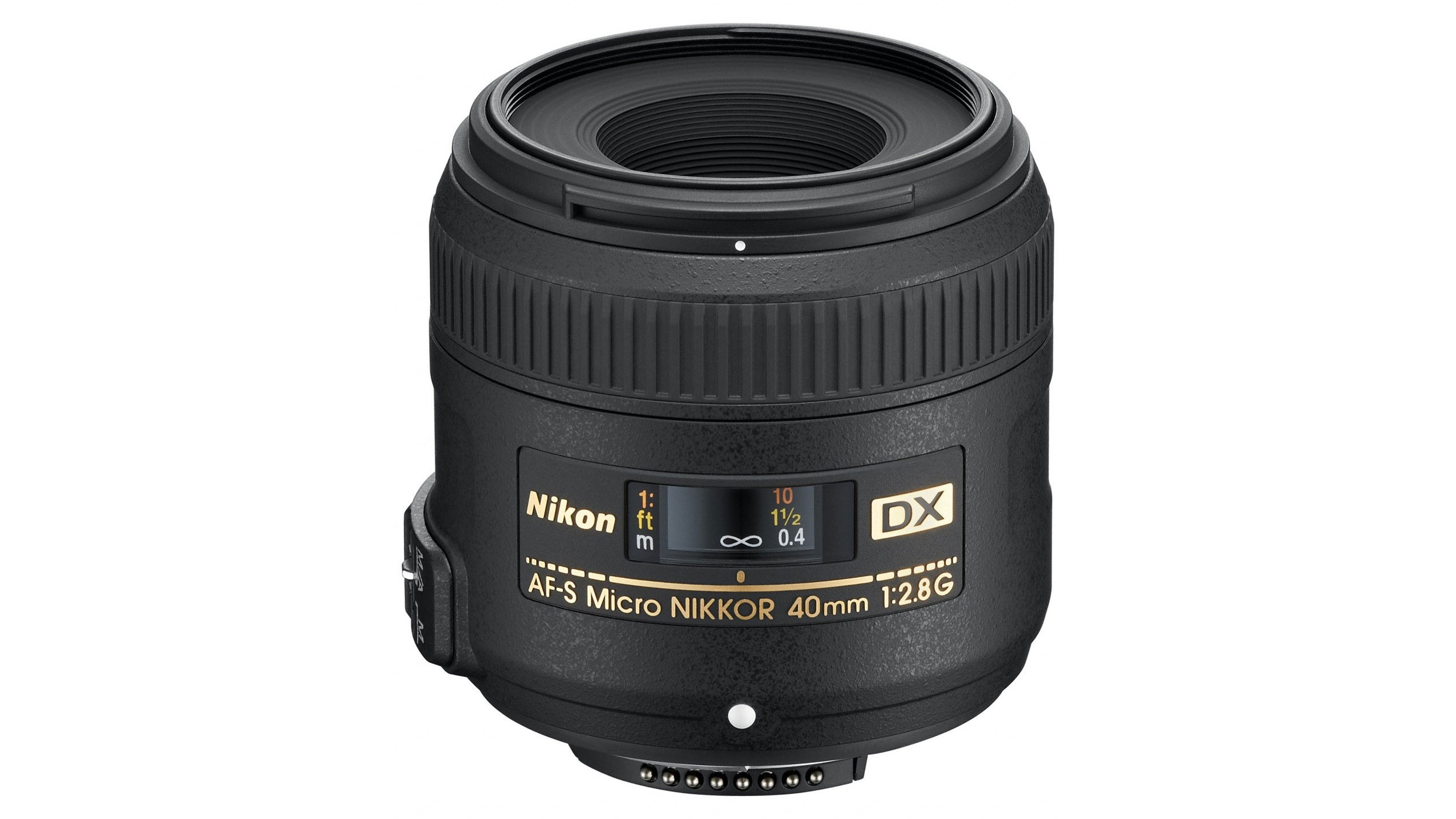
Nikon AF-S DX 40mm f/2.8G Micro
Specifications
Reasons to buy
Reasons to avoid
This little lens is only about half the length and a third of the weight of Nikon’s 105mm macro lens for FX format cameras, so it’s easy to squeeze into a spare corner of your camera bag. With an ‘effective’ focal length of 60mm, it’s ideal as a standard prime lens for general shooting too, combining a fairly fast aperture rating with excellent optical performance. Sharpness is excellent across the entire image frame, from f/2.8 all the way to f/16. Colour fringing is absolutely negligible and there’s virtually zero distortion. The only catch is that, for full 1.0x magnification, the minimum focus distance from the focal plane is a mere 16cm and, because the inner barrel extends, the working distance from the front of the lens to the subject shrinks to just 35mm, which is a bit close for comfort. Nevertheless, if you own a DX Nikon and shoot macros occasionally, it's a far cheaper and smaller alternative to the Tamron 90mm above and other macro lenses.
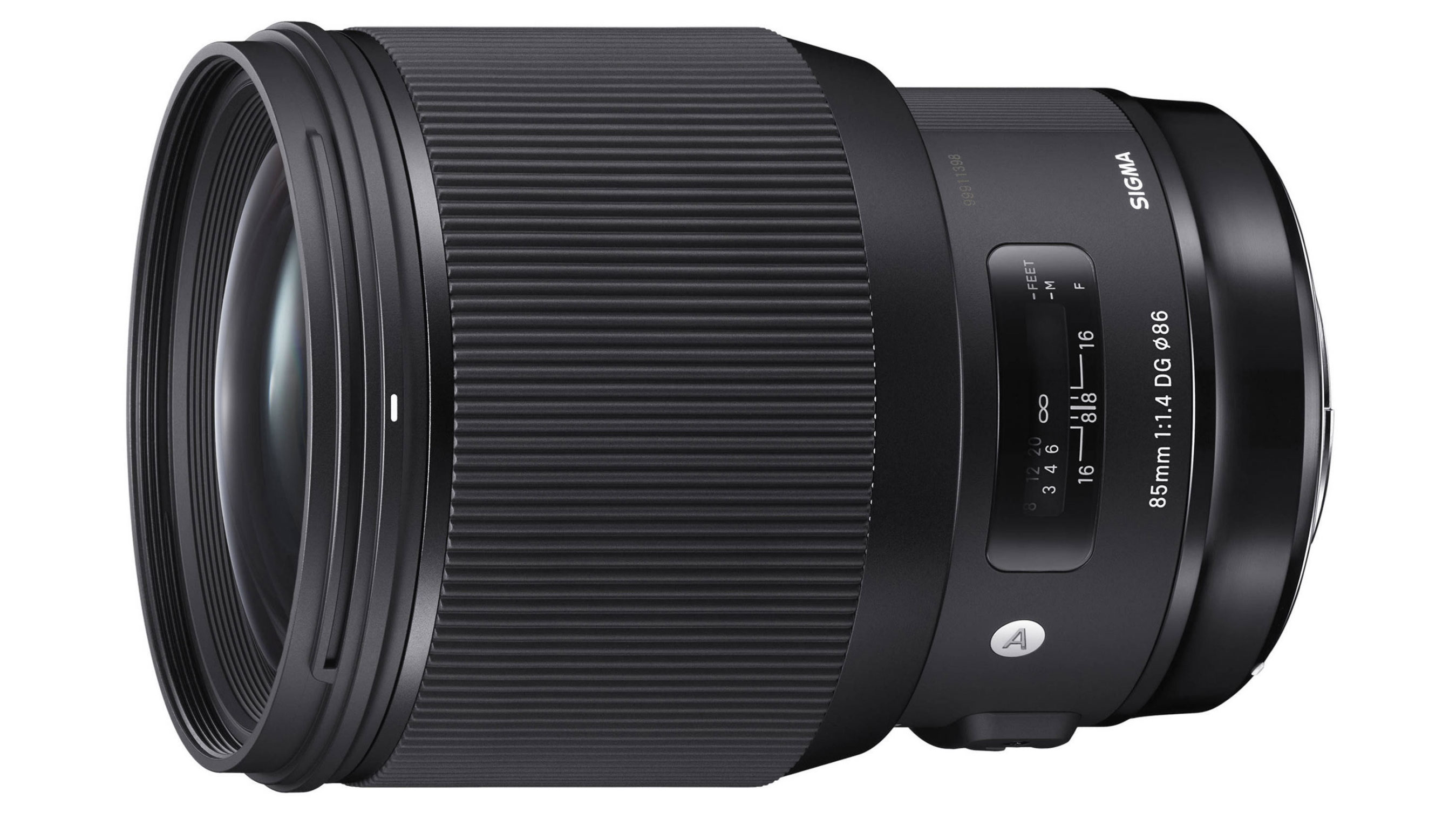
Sigma 85mm f/1.4 DG HSM | A
Specifications
Reasons to buy
Reasons to avoid
The combination of an 85mm focal length and f/1.4 aperture is perfect for portraiture on a full-frame camera. It enables a comfortable shooting distance and a tight depth of field, so you can make the main subject really stand out against a blurred background. Typical of Sigma’s ‘Art’ line of prime lenses, this one has a relatively large build with a complex optical design. Indeed, it’s about 50 per cent longer than the competing Nikon lens and nearly twice the weight. The pro-grade construction includes weather-seals and the overall finish is immaculate. Sharpness is exceptional across the entire image frame, even at the widest aperture of f/1.4. It outperforms the pricier Nikon 85mm f/1.4G lens in this respect, while also beating it for minimizing colour fringing and distortion. It’s the best portrait lens for full-frame portraiture on Nikon DSLRs – if you can live with the weight!
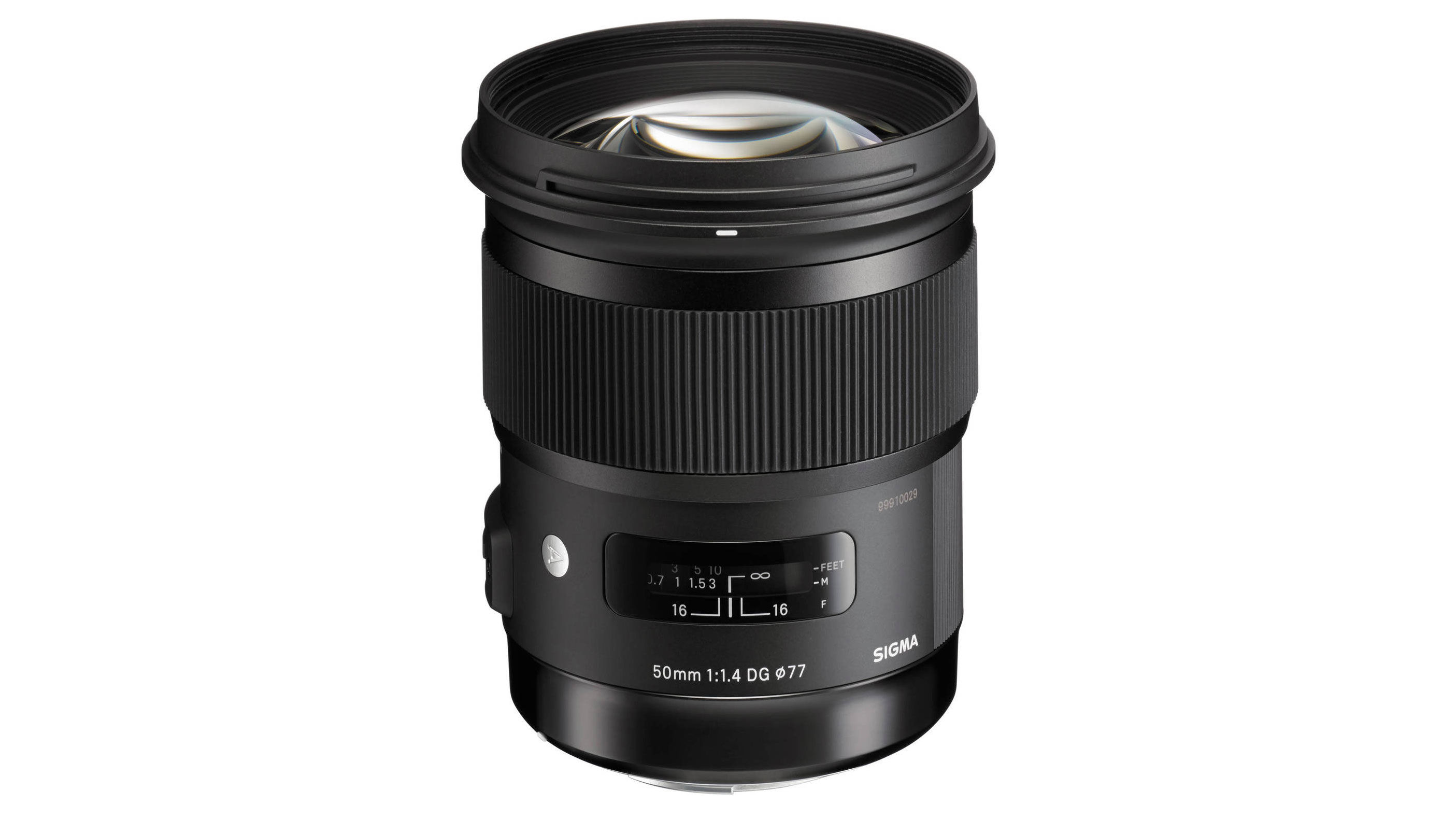
Sigma 50mm f/1.4 DG HSM | A
Specifications
Reasons to buy
Reasons to avoid
Sometimes you can use the crop factor of Nikon DX cameras to your advantage! On a full frame Nikon, this would count as a ‘standard’ lens, but on a DX body it has an effective focal length of 75mm – which is near the ideal focal length for portraits. This Sigma Art lens dwarfs Nikon’s own 50mm f/1.4 lens and tips the scales at a weighty 815g, compared with just 280g for the Nikon. But the Sigma’s ring-type ultrasonic autofocus is super-fast and whisper-quiet, sharpness and contrast are simply superb, even when shooting wide-open, while bokeh (the quality of defocused areas) remains pleasantly smooth even when stopping down a little. Colour fringing, and distortion and vignetting are minimal.

Nikon AF-S 50mm f/1.8G
Specifications
Reasons to buy
Reasons to avoid
The Sigma 50mm f/1.4 is a great lens, but heavy and expensive and perhaps a bit too much for many Nikon DX camera owners. For budget portraiture on a DX format body, look no further than this Nikon 50mm f/1.8. It’s two-thirds of a stop slower but performs very well and is cheap to buy. Considering the downmarket price, build quality feels pretty good, right down to the weather-sealed metal mounting plate. The lens comes complete with a hood, despite the front element being deeply recessed within the barrel. You get ring-type ultrasonic autofocus complete with full-time manual override and a focus distance scale positioned beneath a viewing panel. One final advantage is that this is actually an FX full frame lens, so if you move up to a full frame Nikon in the future, you can use it as a compact standard lens.
The best camera deals, reviews, product advice, and unmissable photography news, direct to your inbox!

Rod is an independent photography journalist and editor, and a long-standing Digital Camera World contributor, having previously worked as DCW's Group Reviews editor. Before that he has been technique editor on N-Photo, Head of Testing for the photography division and Camera Channel editor on TechRadar, as well as contributing to many other publications. He has been writing about photography technique, photo editing and digital cameras since they first appeared, and before that began his career writing about film photography. He has used and reviewed practically every interchangeable lens camera launched in the past 20 years, from entry-level DSLRs to medium format cameras, together with lenses, tripods, gimbals, light meters, camera bags and more. Rod has his own camera gear blog at fotovolo.com but also writes about photo-editing applications and techniques at lifeafterphotoshop.com
